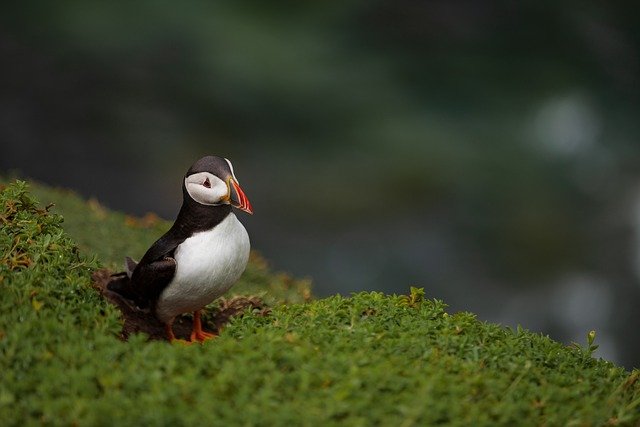
The Social Dynamics of Penguin Colonies: How Cooperation and Communication Shape Their Survival
Penguins are fascinating creatures that have captured the hearts of many with their charming waddles and striking tuxedo-like appearance. However, beyond their adorable exterior lies a complex social structure that is vital for their survival in some of the harshest environments on Earth. This post delves into the social dynamics of penguin colonies, highlighting how cooperation and communication play crucial roles in their survival.
The Importance of Social Structure
Penguins are highly social birds that live in colonies, sometimes consisting of thousands of individuals. These colonies provide numerous advantages, including:
Protection from Predators: By living in large groups, penguins can better defend themselves against predators such as seals and seabirds. The sheer number of eyes scanning for danger increases the chances of spotting a threat early.
Thermoregulation: In extreme cold, penguins often huddle together to conserve heat. This cooperative behavior is essential for survival, especially during harsh winter months.
Resource Sharing: Penguins rely on a shared knowledge of food sources. By observing the foraging success of others, they can optimize their own hunting strategies.
Communication: The Key to Cooperation
Effective communication is fundamental to the social dynamics of penguin colonies. Penguins utilize a variety of vocalizations and body language to convey information. Here are some key aspects of their communication:
Vocalizations
Distinct Calls: Each penguin has a unique call, which helps individuals recognize their mates and chicks in the bustling colony. This vocal recognition is vital during breeding seasons when parents must locate their young among thousands of other penguins.
Alarm Calls: Penguins use specific calls to alert others to potential dangers. These alarm calls can trigger a rapid response from the colony, enabling them to react quickly to threats.
Body Language
Posturing: Penguins often engage in specific body postures that signal aggression, submission, or courtship. These non-verbal cues help maintain social order within the colony.
Huddling Behavior: The way penguins arrange themselves in a huddle can communicate the need for warmth or protection. Penguins on the outer edges of the huddle will rotate inward to ensure that all members benefit from the collective warmth.
Cooperative Breeding and Parenting
In many penguin species, such as the Emperor Penguin, both parents share the responsibility of incubating eggs and feeding chicks. This cooperative breeding strategy enhances the survival rates of their offspring. Key aspects include:
Shared Incubation: Both parents take turns incubating the egg, allowing one to forage for food while the other keeps the egg warm. This division of labor is crucial in the extreme cold of their habitats.
Feeding Chicks: After the chicks hatch, parents work together to feed them. One parent will return from foraging with food, while the other stays to protect and nurture the young.
Conclusion
The social dynamics of penguin colonies are a testament to the power of cooperation and communication in the animal kingdom. By working together, these remarkable birds enhance their chances of survival in challenging environments. As we continue to study and understand these dynamics, we gain valuable insights into the importance of social structures in wildlife conservation and the delicate balance of ecosystems.
Further Reading
Feel free to share your thoughts or experiences with penguins in the comments below! 🐧
